overleaf template galleryLaTeX templates and examples — Recent
Discover LaTeX templates and examples to help with everything from writing a journal article to using a specific LaTeX package.
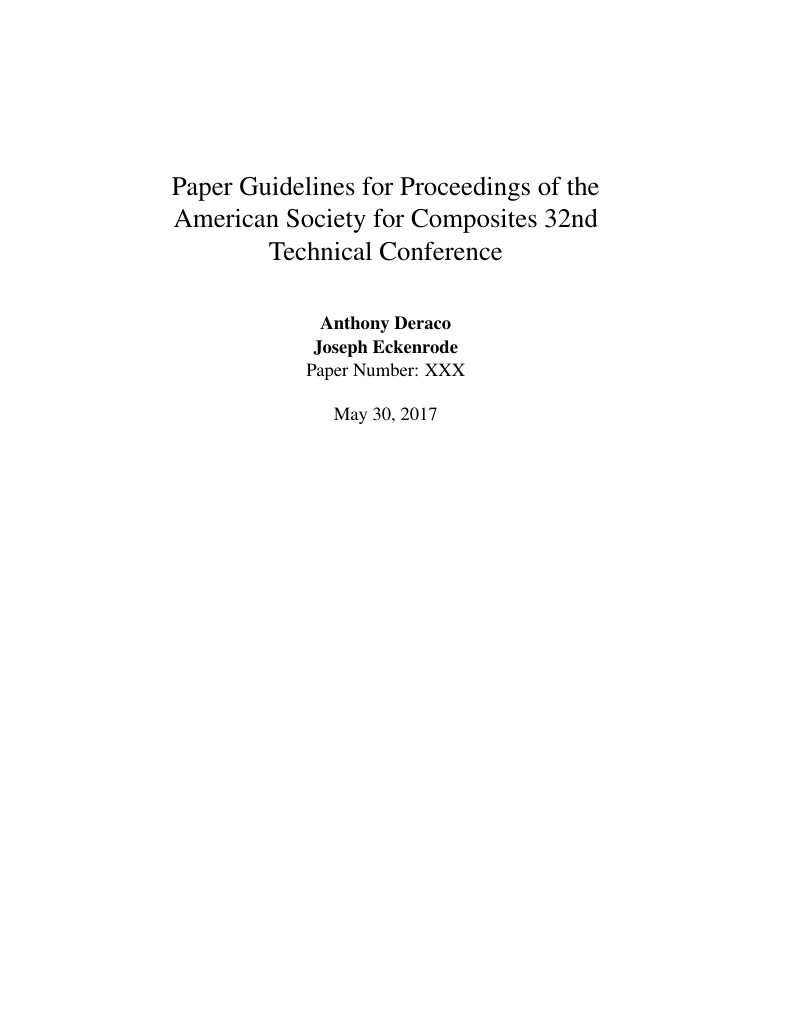
LaTeX template of the ASC 2017.
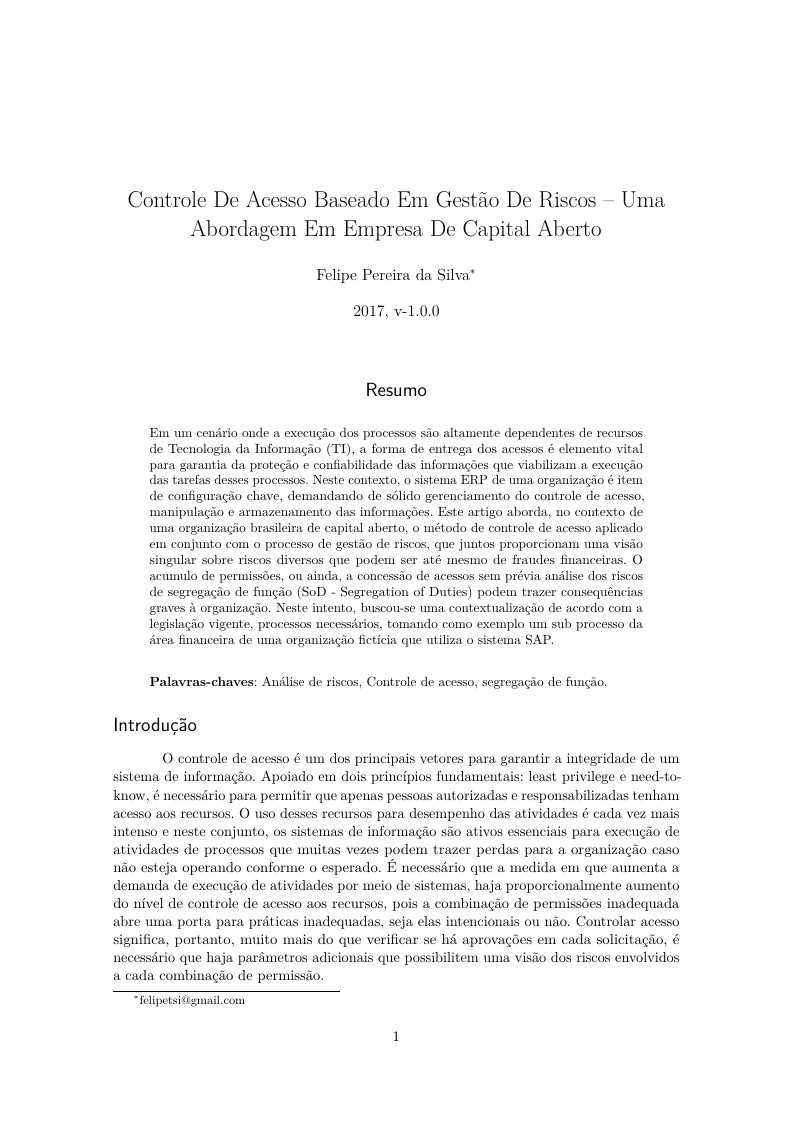
Em um cenário onde a execução dos processos são altamente dependentes de recursos de Tecnologia da Informação (TI), a forma de entrega dos acessos é elemento vital para garantia da proteção e confiabilidade das informações que viabilizam a execução das tarefas desses processos. Neste contexto, o sistema ERP de uma organização é item de configuração chave, demandando de sólido gerenciamento do controle de acesso, manipulação e armazenamento das informações. Este artigo aborda, no contexto de uma organização brasileira de capital aberto, o método de controle de acesso aplicado em conjunto com o processo de gestão de riscos, que juntos proporcionam uma visão singular sobre riscos diversos que podem ser até mesmo de fraudes financeiras. O acumulo de permissões, ou ainda, a concessão de acessos sem prévia análise dos riscos de segregação de função (SoD - Segregation of Duties) podem trazer consequências graves à organização. Neste intento, buscou-se uma contextualização de acordo com a legislação vigente, processos necessários, tomando como exemplo um sub processo da área financeira de uma organização fictícia que utiliza o sistema SAP.
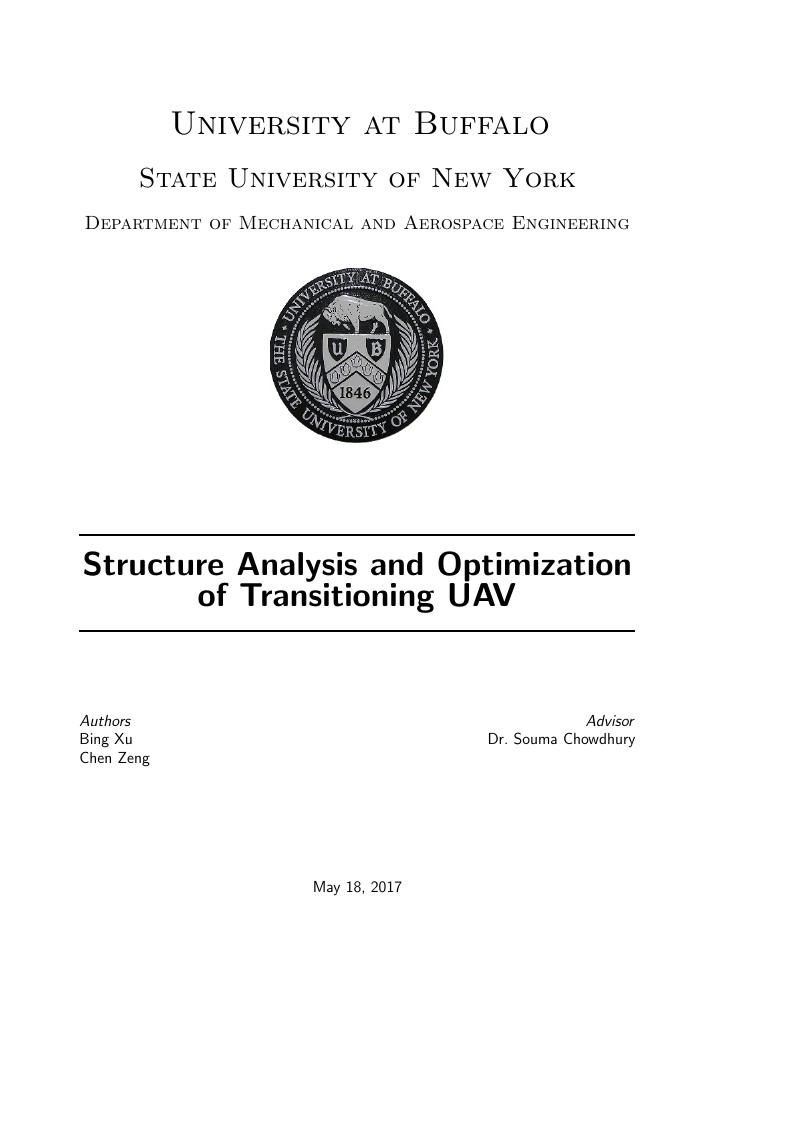
With the aim to develop more efficient aircraft configurations, the Blended-Wing-Body (BWB) unmanned aerial vehicles have grown attention in recent years. Compare to conventional aircraft configurations, the BWB structure has several advantages in aerody- namics and fuel efficiency. Topology optimization (TO) is also a relatively new structure optimization approach which has applied successfully in automotive industry for a consid- erable time. In this paper, topology optimization method will be applied on a special BWB structure UAV called BITU on both 2D and 3D models in ABAQUS. The optimization goal is to minimize compliance energy under specified loading and boundary conditions which will be computed in modeling and simulation section. Finally, optimized result compared to initial design will demonstrate TO is a rational and efficient design tool for structure optimization, especially in Aircraft industry.
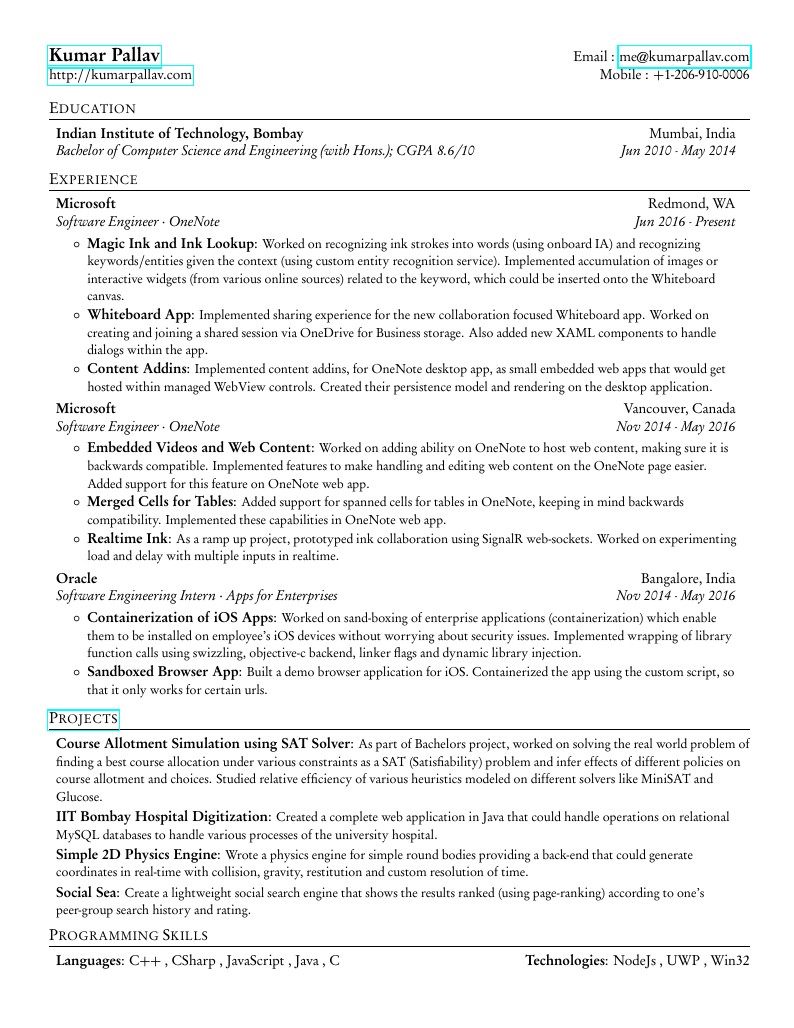
Resume in LuaLatex Resume in LuaLatex using json sources. Work in progress on HTML page based on the same json sources.
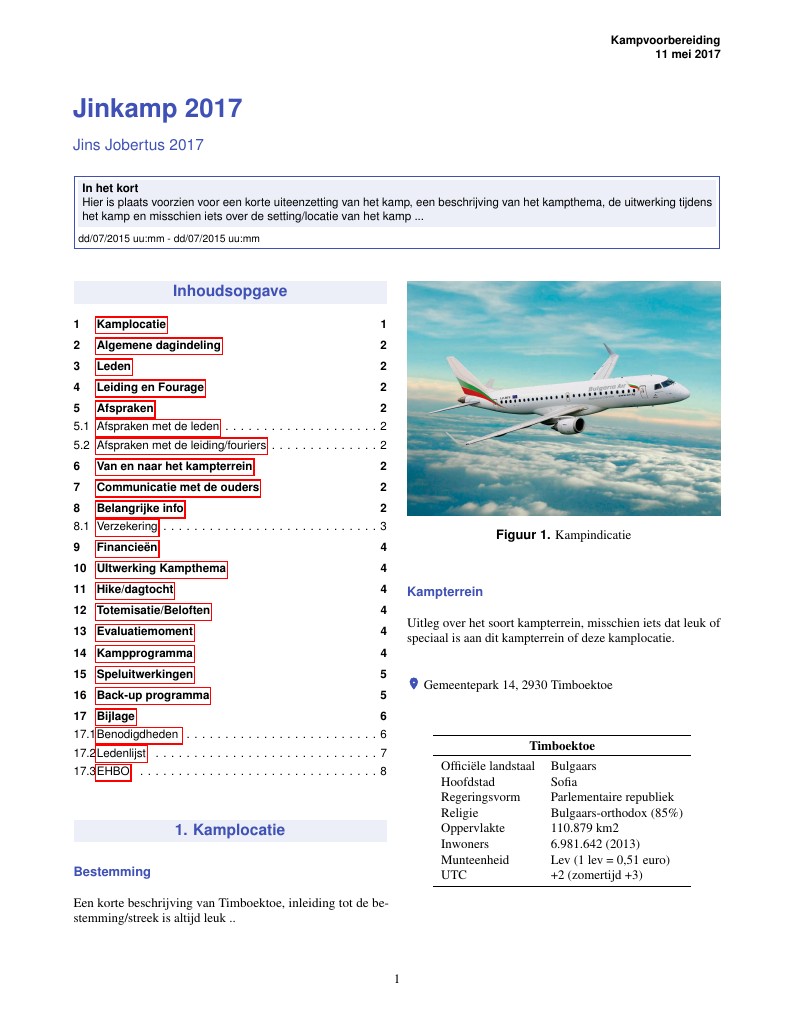
Sjabloon Jinkampvoorbereiding volgens richtlijnen Scouts en Gidsen Vlaanderen
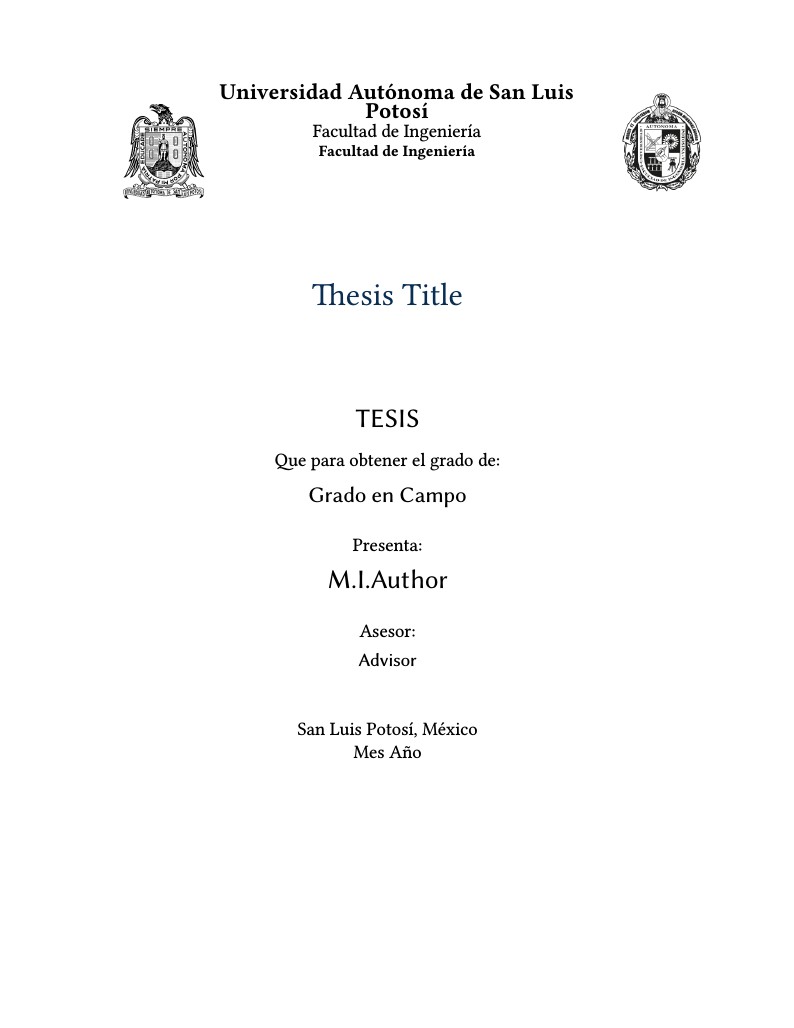
Thesis template for UASLP
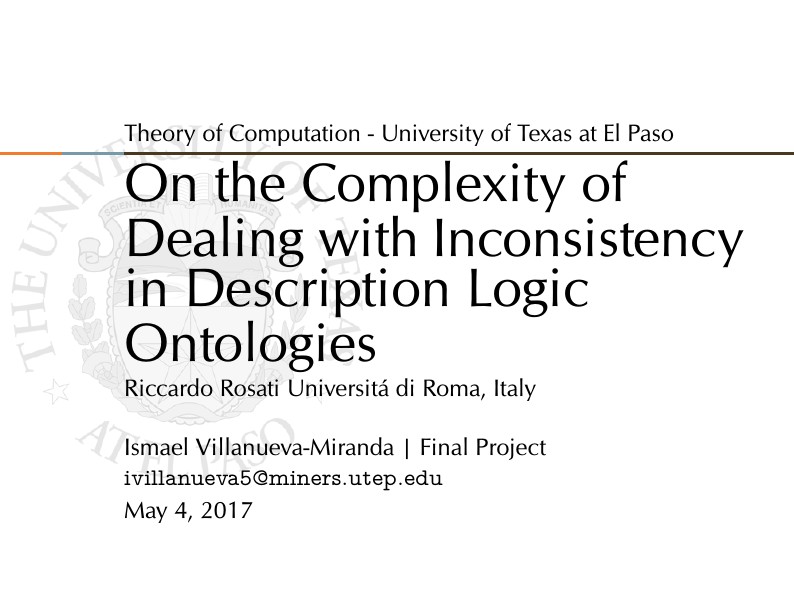
Presentation for Final Project - Theory of Computation
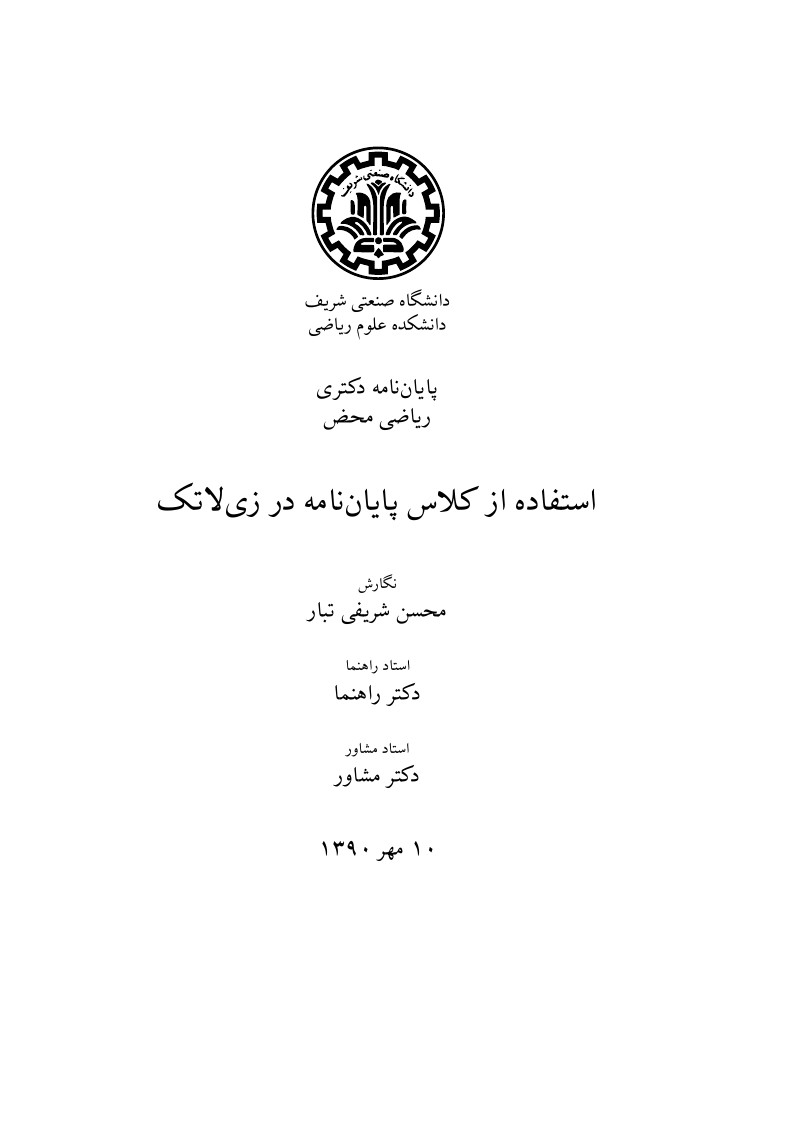
A thesis/dissertation template for the students of Sharif University of Technology.
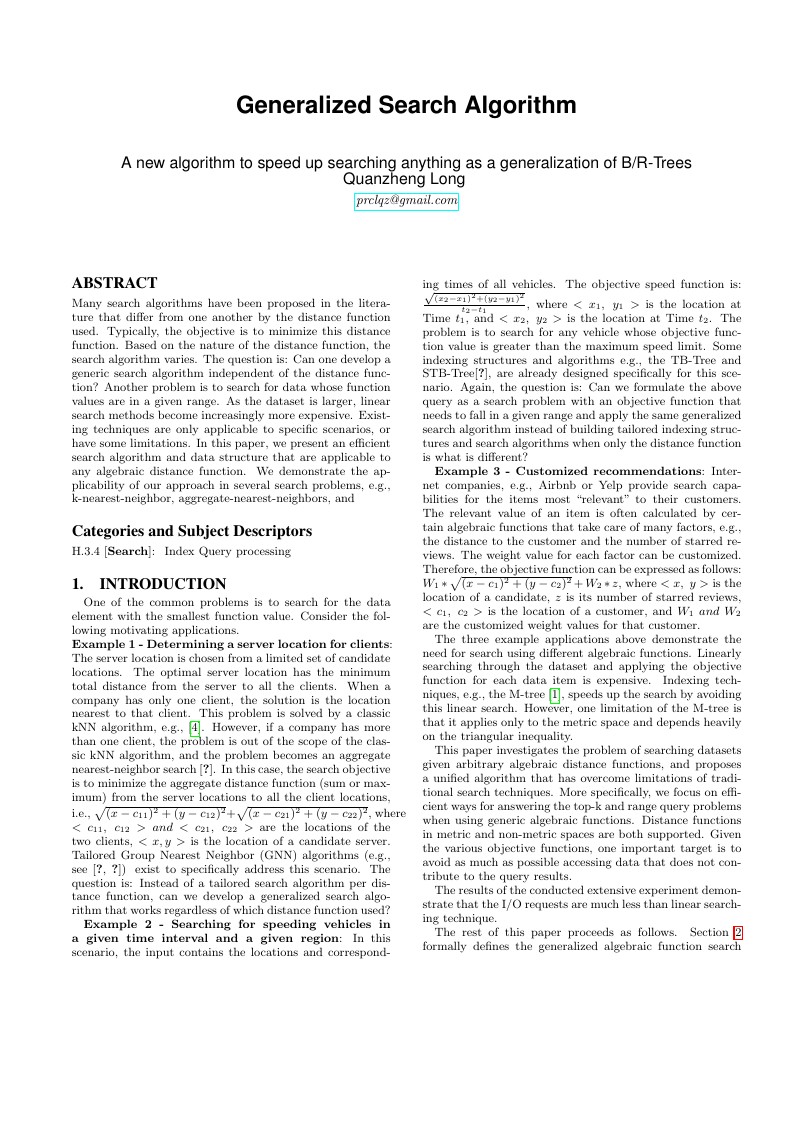
A new algorithm can speed up searching anything as a generalization of B/R-Trees
\begin
Discover why over 20 million people worldwide trust Overleaf with their work.